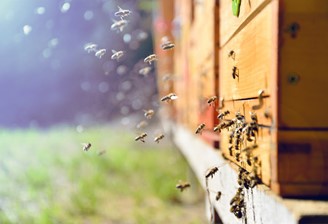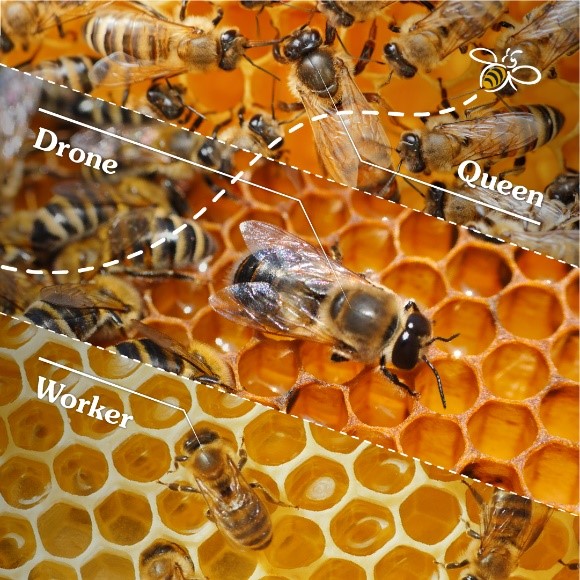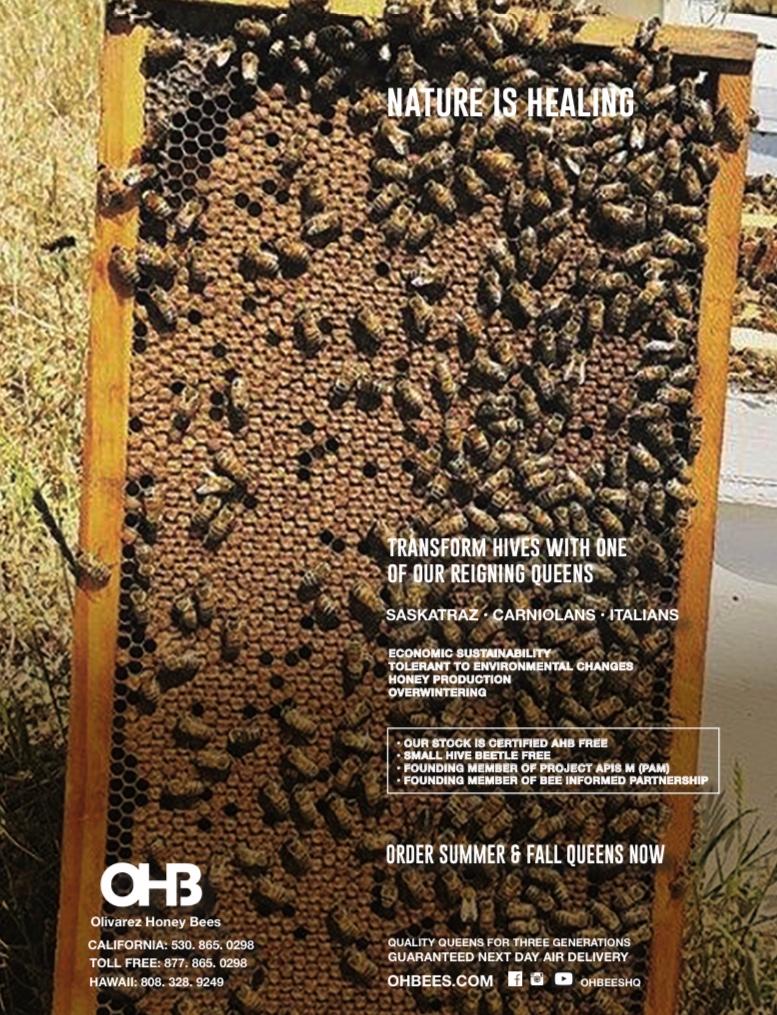From Bloom to Bottle — How Bees Make Honey
By: Cristina Diaconu
How do you like your honey? Swirled in a smoothie? Spread on toast? Drizzled over pancakes? This iconic ingredient truly takes any tasty treat to the next level and is so naturally moreish, there’s no doubt you’d devour that honey-laden loveliness in seconds. What’s ultra-impressive is that it’s all thanks to a lifetime of work by a tiny — but incredibly talented — creature: the honey bee.
As a nation we’re increasingly curious about where our food comes from. For honey particularly, Google receives a staggering 2,900 monthly searches for ‘How do bees make honey?’ The meticulous process of pollination to plate is an evolutionary masterpiece, highlighting the power of instinct, community and biology. And who better to spotlight the extraordinary efforts these pollinators pour into producing honey than the UK’s favourite honey brand Rowse? Through its Hives For Lives programme of vital initiatives, Rowse is on an inspiring mission to protect the bees and improve livelihoods through beekeeping. So, let’s shrink down to our buzzing friends’ size and go step-by-step from hive to honey pot.
Which bees make honey?
Incredibly, there are over 250 bee species in the UK. While many are pollinators, only one produces excess honey, believed to be created especially for us to eat! You guessed it — the hardworking honey bee. There are three types of honey bee in a hive: the queen bee, drone bees and worker bees. Each has a special role in helping the hive thrive, but only one type forages for nectar and produces honey — the worker bees.
The queen bee’s royal duty is producing more bees (she lays up to 2,000 eggs a day in her prime). Once hatched from her queen cell, she goes on one or two mating flights where drones from numerous hives then compete to mate with her. Their reward for success is bittersweet, as they lose half their bodies in the process, drawing their lives to an end. The queen then returns to the hive and, having been impregnated for life, may never emerge from it again – unless she swarms.
Then, there’s the wonderous worker bee. A fabulous and faithful female, she builds and cleans the honeycomb; feeds the young bees, Her Royal Hive-ness the queen and drones; and guards the hive. Her responsibilities don’t stop there; she forages for pollen, nectar, water and sticky stuff to make propolis — a resinous mixture that seals spaces in the hive. Her extra special job? Bringing back that all-important pollen to feed the bees and of course the nectar that she, with her wonderful workforce, will convert into honey and store until it’s fully ripened, ready for us to enjoy.
How do bees pollinate?
These hardworking heroes usually have a radius of three miles, though this depends on the time of year and type of forage. The best forage attracts 100 times more pollinators than the worst, with a single honey bee typically visiting around 7,000 flowers a day! These collaborative creatures even perform a ‘waggle dance’ on the honeycombs in the hive to communicate the direction and distance to top quality forage to fellow workers. Crucially, conveying where they have collected food from helps sustain a healthy colony.
Bees are attracted to different plants for a variety of reasons, from high sugar content to an alluring scent. The subtle flavours we enjoy in different honeys depend on the plants visited. For example, nectar collected from the Robinia Pseudoacacia tree aka the Acacia tree, results in a light Acacia honey that tastes bee-autifully fruity with delicate vanilla back notes. Further afield in Greece, bees foraging in forests produce delectable Greek honey that’s contrastingly rich in colour with an earthy, herbal flavour punctuated by bold notes of liquorice, aniseed and malt.
The natural varieties of honey make it even more exquisite — and it’s all thanks to our buzzing friends. The pollination process is un-bee-lievably fascinating and complicated. Simply put, a honey bee sucks the nectar through their proboscis — a straw-like tongue — which traverses down into their ‘honey stomach’. As they forage, fluffy pollen gathers on their body and is packed in ‘baskets’ on their rear legs, which are striking when full. Nectar is the major energy source while pollen contains protein. The wonderous worker bee then returns to the hive so honey production can bee-gin.
Where do bees make honey?
Once back at the hectic hive, the honey bee passes the nectar to another bee. This is perfectly hygienic as the nectar never enters their digestive system. This second bee sucks up the freshly shared nectar then passes it to another bee, who passes it on again. Consequently, the nectar is broken down into natural sugars. Next, it’s flown up to the top of the hive, where cells called ‘super boxes’ are located. A bee deposits a tiny droplet of honey into one of the honeycomb cells. As the day goes on, these cells are gradually filled.
Nectar is very high in water, so the honey bees collectively flap their wings to drive off the water until its moisture content is reduced from approximately 90% to 18% at most — though this can vary. If the water content is too high, the honey will ferment. But these incredible creatures instinctively know when the nectar is sufficiently dry enough to create the perfect consistency of honey.
Once the bees are satisfied that they have successfully dehydrated the nectar, the honey ripens and they seal the cell with beeswax. This is how a beekeeper identifies ripened honey; they pull out a frame and, if sealed, it’s ready to harvest for us to squeeze, spread and swirl in our favourite foods.
How much honey does one bee make?
One hardworking honey bee produces one 12th of a teaspoon in its entire lifetime (which can last from 36 days in peak summer to 3-4 months in winter). This equates to 12 honey bees producing that single teaspoon. A yummy spoonful of honey stirred into porridge or a smoothie can brighten up breakfast time but take a moment with every mouthful to appreciate their un-bee-lievable dedication.
________________________________________________________________________________











